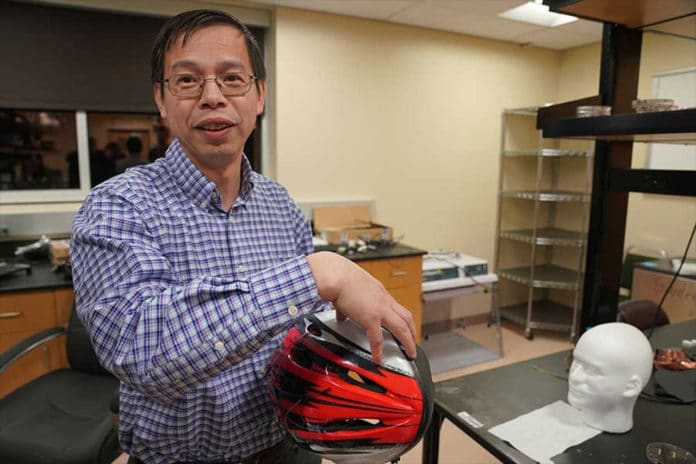NASA has set a lofty objective of human travel to Mars by 2030. To meet this goal, better spacesuits are essential. To ensure astronauts’ health and safety, NASA is taking action to minimize the adverse effects of space travel on the human body. There is a need for innovation in spacesuit design.
Scientists at South Dakota School of Mines & Technology are developing a wearable and wireless body sensor system that can be powered remotely. According to scientists, their system could revolutionize NASA spacesuits.
Sayan Roy, assistant professor in electrical engineering at South Dakota Mines and a member of the research team, said, “The research “fits seamlessly with the priorities in NASA’s Human Exploration and Operations Mission Directorate and the Space Technology Mission Directorate. This project is closely relevant to NASA’s Technology Roadmap TA 6: Human Health, Life Support, and Habitation Systems.”
Currently, health information of astronauts is tracked through wired sensors inside spacesuits. The wired framework makes spacesuits overwhelming and bulky. The wired system is likewise challenging to investigate if there should arise an occurrence of any malfunction.
The sensors being developed at Mines would allow suits that are sleeker and lighter with a wireless network of sensors that will capture and transmit the health data of astronauts continuously. Made of carbon fiber material, the wireless sensors will allow more adaptability in spacesuit design.
Dr. Zhengtao Zhu, an associate professor of chemistry, biology, and health sciences, said, “Developing or finding the right materials for the sensors has been a challenge as they must be compatible with human skin and clothes. They must be wearable biomedical and strain sensors that are lightweight, comfortable, flexible, and stretchable. While some of the sensors will be inside the spacesuit, others will be applied directly to the skin.”
“While the sensors will communicate critical physical health information to the NASA experts on Earth, sensors might also have the capability to monitor mental health and even “be able to understand behaviors.” For instance, an astronaut’s physical behavior could trigger a sensor to recognize anything from depression to an injury, relaying that information to NASA experts.”
Graduate research assistant Ahsan Aqueeb said, “The sensors will also be able to communicate with each other. Because accurate health monitoring of astronauts is critical, the system must be fail-proof. If one sensor fails, the system must be designed in a way that the failed sensor can be identified by the other sensors and bypassed. No matter what happens, it cannot fail. We cannot lose any data.”
The sensors likewise should be secure with appropriate encryption to forestall obstruction or hacking, a portion of the project overseen at SDSU.
Perhaps most challenging, the wireless nodes must be charged without the benefit of a physical connection to a power source. A wireless power transfer system is designed to transfer power from one “electrical network to another” without the benefit of a wire or a physical connection of any kind.
While wireless power transfers are not new, far-field transfers, such as from a centralized power source located at a nearby space station is a newer and more significant challenge. At the same time, the far-field transfers will also have to be of a higher level of power than ever required before.
Roy asked, “How do we distantly transfer the wireless power in free space with higher efficiency? The sensors must be designed to “sense” the power as it is transferred. The power transfer needs to be safe for the human body, as the sensors are close to the body and sometimes applied to the skin.”
“Such technology will need to be unfailingly consistent, approved by such agencies as the FCC and safe for humans. We have a lot of variables. These are the challenges.”
This multi-disciplinary and multi-institution research project is funded through NASA EPSCoR, a funding program encouraging partnerships between government, higher education, and industry. The $750,000 grant began in January 2018 and ended December of this year.
When grown, such far-field power transfers could be used in different regions outside of space travel, from precision agriculture to keeping in touch with underground miners. Be that as it may, for the present, the emphasis is on the next generation of spacesuits.
